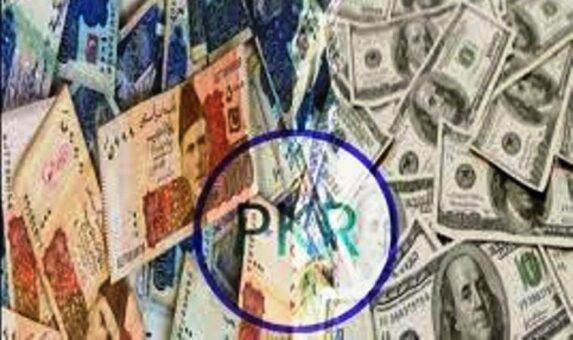KARACHI: The dollar depreciated by 34 paisas on Friday, closing at Rs170.53 in the interbank foreign exchange market. This marks a slight improvement for the Pakistani rupee, which had ended the previous trading session at Rs170.87 against the dollar.
Currency market experts attributed the rupee’s gain to proactive measures introduced by the State Bank of Pakistan (SBP). The central bank has implemented strategies to discourage excessive dollar demand, particularly for import payments, and to curb the outflow of foreign currency. These policies include stricter guidelines on foreign exchange transactions and incentives to encourage exporters to bring their earnings into the country more swiftly.
The dollar has played a critical role in shaping Pakistan’s economic outlook, especially in light of rising global commodity prices and increasing import bills. Earlier this fiscal year, the dollar reached an all-time high of Rs170.96 on October 6, 2021. Since the start of the fiscal year on July 1, 2021, the rupee has consistently declined, falling by Rs13 from its closing value of Rs157.54 on June 30, 2021.
This depreciation has placed significant strain on Pakistan’s economy, raising the cost of imported goods and widening the trade deficit. Currency analysts note that the rupee’s performance is heavily influenced by global market trends, particularly the strength of the dollar against other currencies, as well as domestic factors like the balance of payments and foreign reserves.
While the dollar’s recent slight decline provides some relief, sustained improvements in the rupee’s value will depend on continued measures by the SBP to address structural challenges in the foreign exchange market. Analysts emphasize the importance of increasing exports, managing imports, and attracting foreign investment to stabilize the local currency further.
For now, the central bank’s policies have offered a glimmer of hope, but the dollar remains a dominant and volatile factor in Pakistan’s economic landscape.
